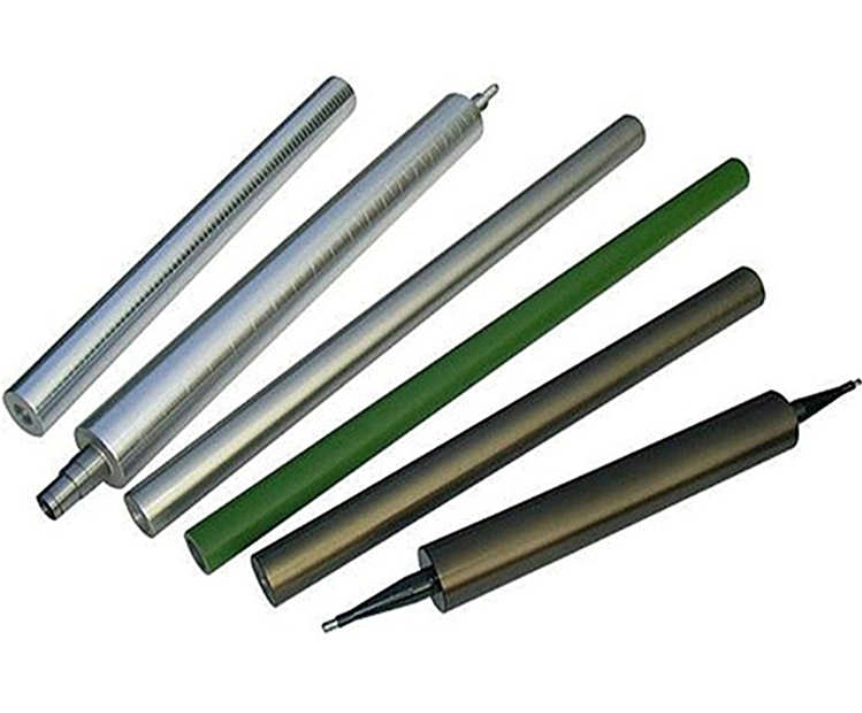Exporters of Rubber Seals for Sliding Doors and Window Solutions
The Role of Sliding Door Seals in Modern Architecture A Focus on Rubber Exporters
Sliding doors have become a staple in contemporary architecture, offering not only a stylish entryway but also a functional solution for maximizing space. However, the efficiency and durability of sliding doors heavily depend on one crucial component the seals. Specifically, rubber seals are integral to ensuring that sliding doors function optimally, providing insulation, weather resistance, and noise reduction. This article explores the significance of sliding door seals, particularly rubber varieties, and highlights the role of exporters in meeting global demand.
Understanding Sliding Door Seals
Sliding door seals are essential components that prevent air leakage, moisture ingress, and noise pollution. They are designed to fit snugly between the door frame and the sliding door, creating a barrier that enhances energy efficiency while protecting interiors from external elements. The different types of sliding door seals include adhesive-backed, compression, and brush seals, each serving unique purposes. However, rubber seals are often favored for their durability and flexibility.
Rubber seals are typically made from various materials, including EPDM (Ethylene Propylene Diene Monomer) and neoprene. These materials are renowned for their excellent resistance to weathering, UV radiation, and thermal changes. The choice of rubber material directly affects the performance and longevity of the seals, making it important for designers and builders to select high-quality options.
Why Rubber Seals are Preferred
One of the primary reasons rubber seals are preferred over other materials is their adaptability. Rubber can conform to various shapes and sizes, making it ideal for the intricate designs of modern sliding doors. Additionally, rubber seals provide effective compression, ensuring a tight fit that minimizes any potential gaps. This compression not only promotes energy efficiency but also enhances soundproofing capabilities, making environments quieter and more comfortable.
Moreover, rubber seals are resistant to mold, mildew, and other environmental factors, which contributes to their longevity. This resilience is particularly important in regions with extreme weather conditions, where sliding doors are frequently exposed to rain, snow, and high humidity. When properly maintained, rubber seals can last for many years, making them a cost-effective choice for homeowners and builders alike.
sliding door seals rubber exporters

The Export Market for Rubber Seals
As the demand for sliding door seals continues to increase globally, rubber seal exporters play a vital role in the supply chain. Countries with strong manufacturing capabilities, such as China, India, and various European nations, are key players in the rubber export market. These exporters are responsible for providing high-quality rubber seals that adhere to international standards, ensuring customer satisfaction.
The rubber seal export market is influenced by several factors, including advancements in production technology, sustainability practices, and global trade policies. With the increasing emphasis on energy efficiency and sustainability in construction, there is a growing market for eco-friendly rubber seal options. Exporters who prioritize sustainable practices and materials will likely find a competitive edge in the global arena.
Challenges Faced by Exporters
While the market for rubber seals is thriving, exporters face a range of challenges. Fluctuating raw material prices can impact profitability, and international shipping logistics may complicate timely deliveries. Additionally, exporters must navigate varying regulations and quality standards across different countries. Building strong relationships with manufacturers, suppliers, and customers becomes essential for overcoming these obstacles and ensuring a successful operation.
Conclusion
In conclusion, sliding door seals, especially rubber varieties, are crucial for enhancing the efficiency and comfort of modern architectural designs. As global demand for high-quality seals continues to rise, the role of rubber exporters becomes increasingly important. By understanding market dynamics and maintaining steadfast commitment to quality, exporters can effectively cater to the needs of architects, builders, and homeowners alike. As technology and sustainability continue to evolve, we can expect even more innovations in rubber seal manufacturing, ultimately enhancing the future of sliding doors.
Share
-
The Best Lubricants for Aluminum Roller GuidesNewsJul.23,2025
-
Slitting Machine Applications in the Packaging IndustryNewsJul.23,2025
-
Rolling Roller Balancing Techniques for Smooth OperationNewsJul.23,2025
-
How To Optimize An EV Battery Assembly LineNewsJul.23,2025
-
Energy Efficiency in Modern Battery Formation EquipmentNewsJul.23,2025
-
Automation Trends in Pouch Cell Assembly EquipmentNewsJul.23,2025







